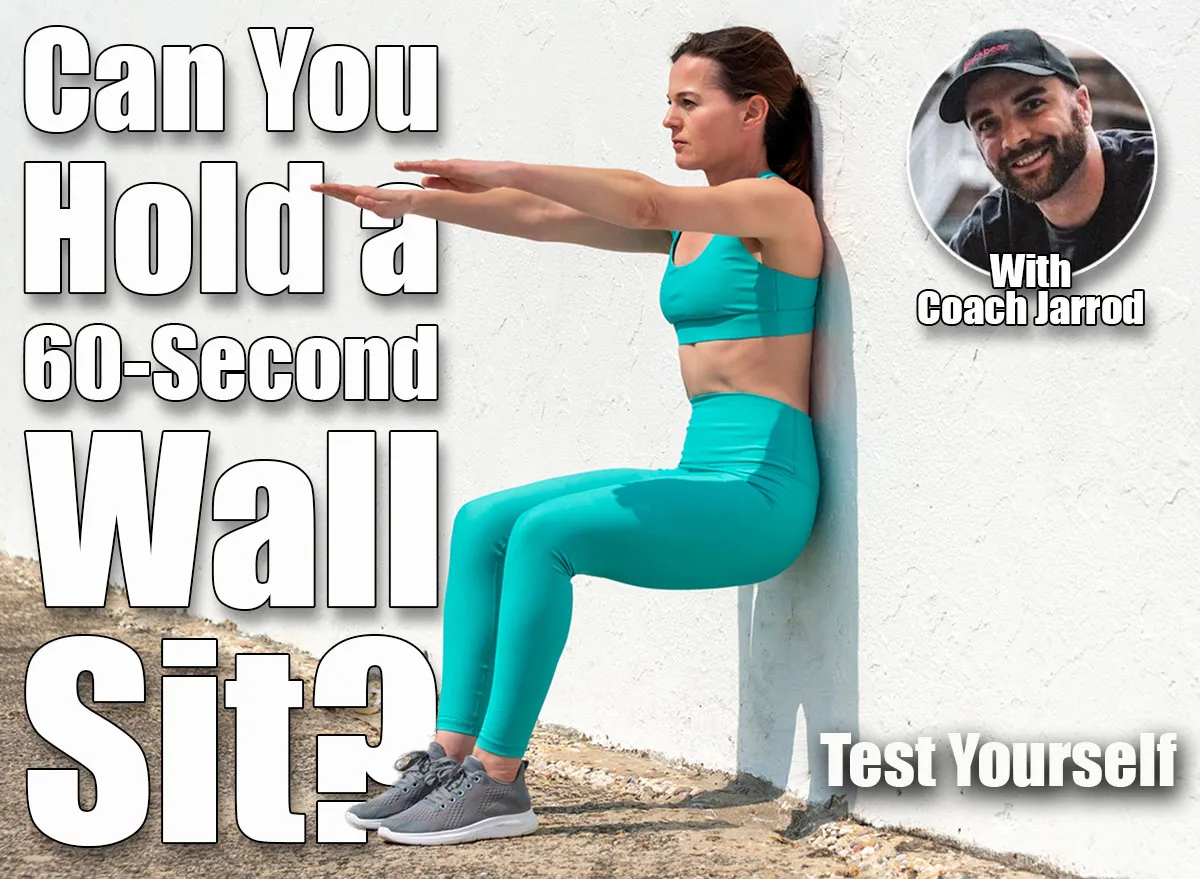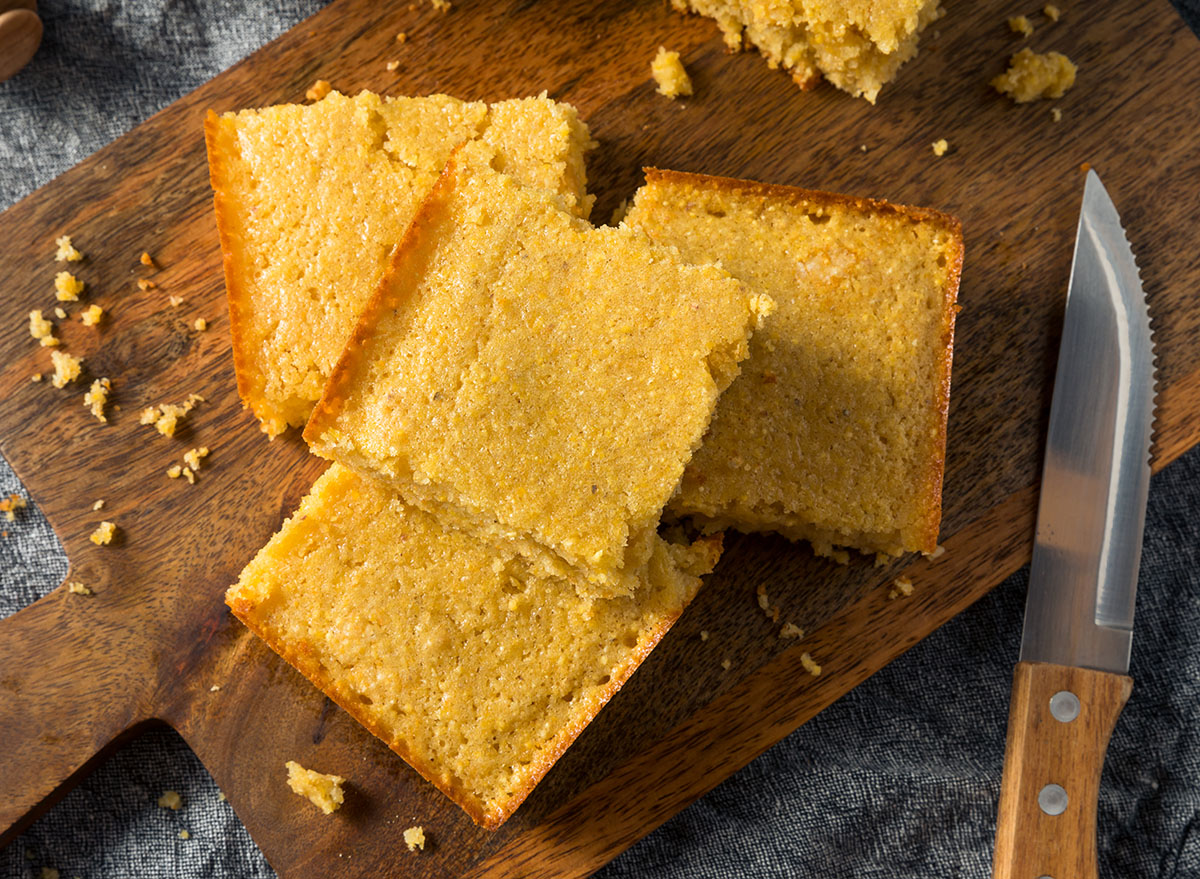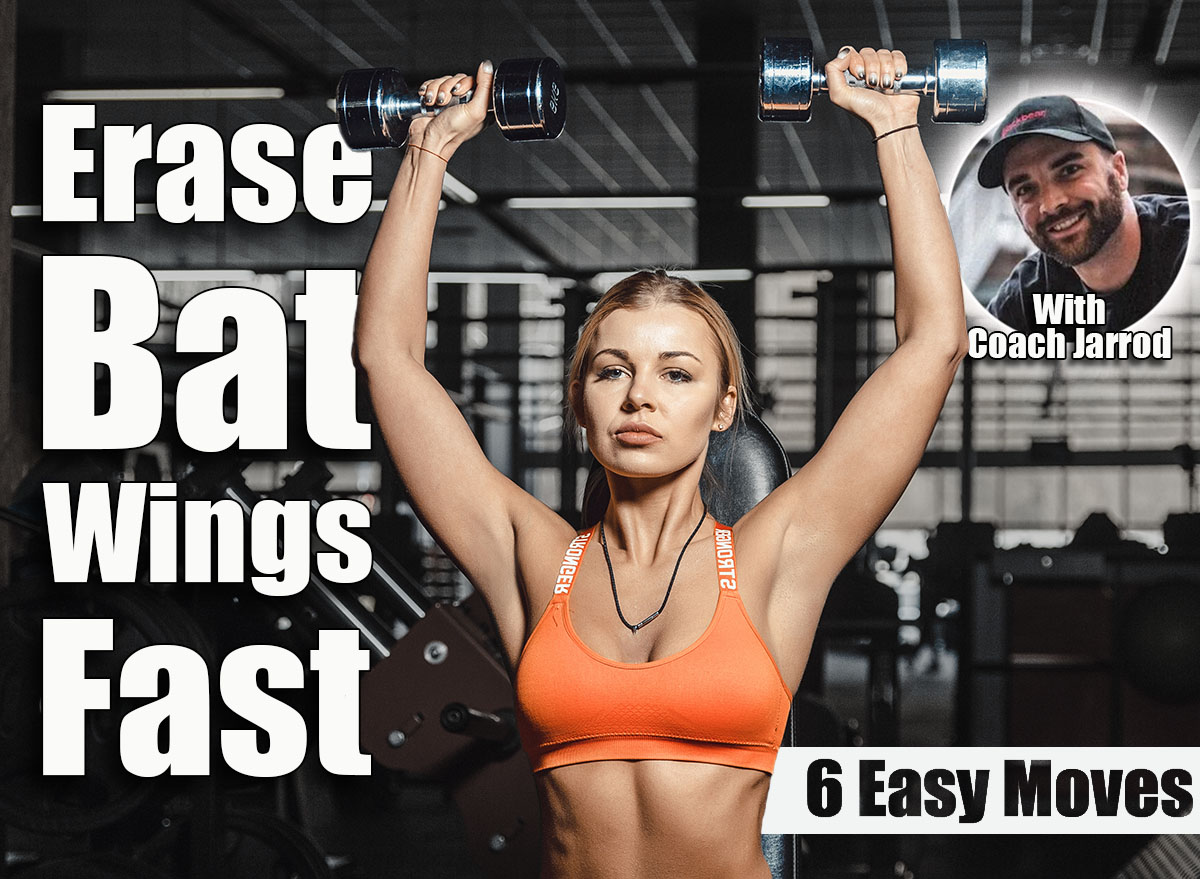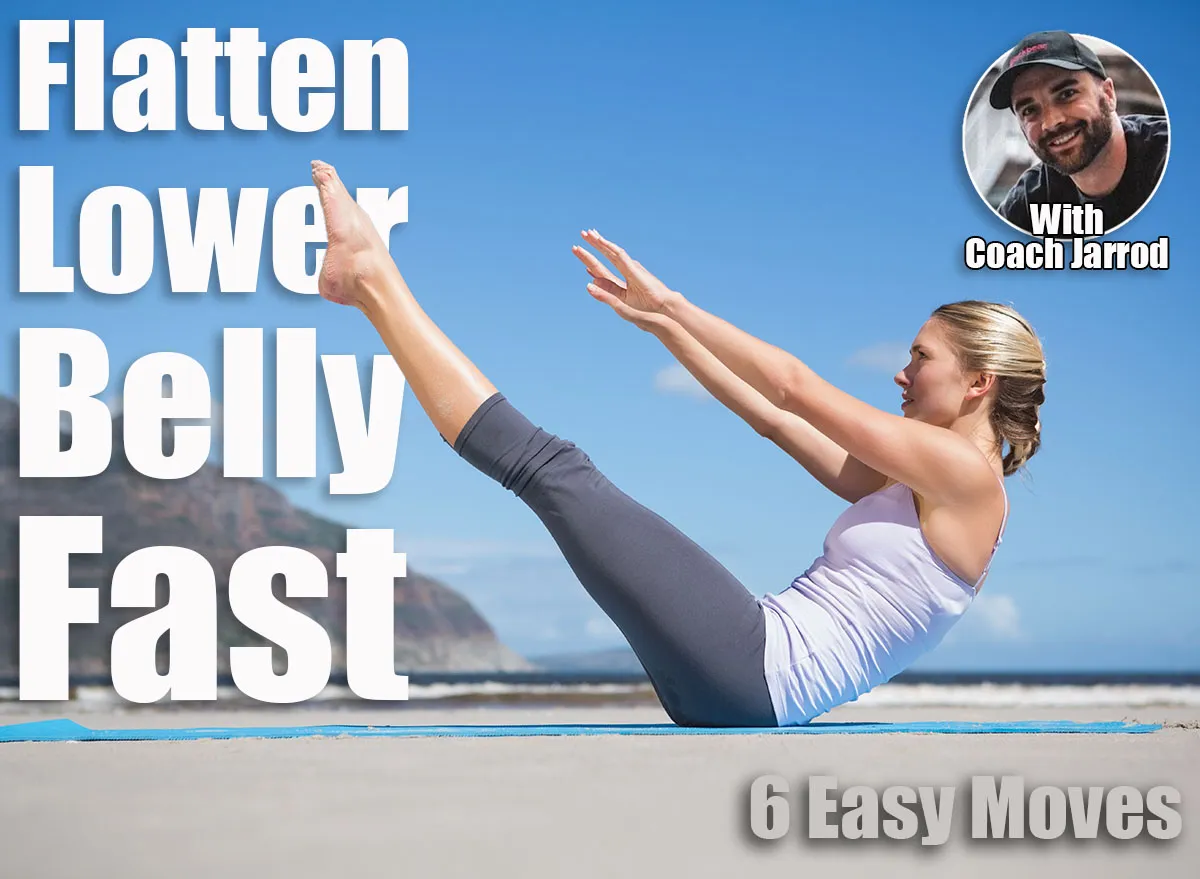By the time you reach your mid-40s, your legs have carried you through countless miles of walking, years of training (and sometimes avoiding training), and plenty of wear from daily life. Strong legs are about much more than athletic performance. They determine how well you move, how stable you feel, and how much confidence you carry into everyday activities.
One of the simplest ways to measure leg strength and endurance is the wall sit. It doesn’t require equipment, space, or even much time. Yet the challenge of holding yourself steady against a wall exposes exactly how resilient your muscles really are. Unlike squats or lunges, where you can shift momentum, the wall sit removes all shortcuts. You either have the strength to hold the position or you do not.
How long can you hold a wall sit after 45 minutes? Let’s check out why this exercise matters, how to do it properly, and what your hold time says about your leg strength compared to others your age.
Why the Wall Sit Matters After 45


Your legs are the powerhouse of your body. They allow you to climb stairs, carry groceries, chase your kids or grandkids, and stay active in sports and recreation. The wall sit is a simple but powerful test of how well your quadriceps, hamstrings, and glutes can endure sustained effort.
Holding yourself in this position trains your muscles to resist fatigue while maintaining joint alignment. That kind of strength translates directly to everyday life, from hiking and biking to simply standing for long stretches without discomfort.
Even more importantly, lower body strength is strongly linked to long-term mobility and independence. People who maintain strong legs through middle age and beyond are less likely to experience falls, injuries, and loss of function later in life. The wall sit provides a window into whether your legs are keeping up with the demands of aging.
Quick Scan Benefits of the Wall Sit After 45:
- Builds lower body endurance in the quads, hamstrings, and glutes
- Strengthens hip and knee stability
- Improves posture and balance by engaging your core
- Enhances athletic performance and stamina
- Helps preserve long-term mobility and independence
How to Do a Wall Sit Correctly


The wall sit may look like just “sitting without a chair,” but form is everything. Proper alignment ensures you are loading your muscles correctly and protecting your knees from unnecessary stress.
Step-by-Step Directions:
- Stand with your back flat against a wall and feet about two feet forward.
- Slide down until your knees are at a 90-degree angle, thighs parallel to the ground.
- Keep your knees directly above your ankles, not pushed forward over your toes.
- Press your lower back firmly into the wall and engage your core.
- Hold the position for time while breathing steadily. Do not rest your hands on your thighs.
How Long You Should Hold a Wall Sit After 45


The wall sit is a test of both strength and grit. Maintaining a steady pace requires both muscle endurance and mental toughness. Research and coaching standards suggest that the average person over 45 should aim for at least 30 to 60 seconds. If you can go beyond one minute, you are well ahead of the curve for your age group.
Wall Sit Time Standards After 45:
- Less than 30 seconds: Below average strength and endurance
- 30 to 60 seconds: Solid performance for your age
- 60 to 90 seconds: Strong and above average leg endurance
- 90 seconds or more: Excellent strength and resilience, ahead of your peers
Best Variations to Improve Your Wall Sit


Once you master the standard wall sit, you can add variety to keep your muscles adapting and to push your endurance.
Top Wall Sit Variations:
- Weighted Wall Sit: Hold a dumbbell or plate on your lap for added resistance
- Single-Leg Wall Sit: Extend one leg straight out while holding the position
- Wall Sit with Calf Raise: Lift your heels off the ground to activate your calves
- Wall Sit with Medicine Ball Press: Hold a ball overhead or in front to engage your shoulders and core
How to Build Your Leg Strength for Better Wall Sit Performance


Understanding the technique required and practicing wall sits regularly will undoubtedly improve your ability to hold a wall sit. But you still need to strengthen the muscles that support your hips, knees, and ankles. With a solid mix of endurance and strength training, your legs will become more resilient and capable.
Strategies to Boost Your Wall Sit:
- Practice wall sits two to three times per week with progressive hold times
- Strengthen your quads with squats, lunges, and step-ups
- Build hip and glute power with hip thrusts and glute bridges
- Add hamstring work with Romanian deadlifts or hamstring curls
- Improve joint stability with balance drills like single-leg stands
Final Takeaway: Why Lower Body Tests Like the Wall Sit Matter


Strong legs are one of the most important predictors of how well you will move as you age. The wall sit is a test of endurance and a snapshot of how well your body meets the demands of daily life and recreation. If you can hold it for over a minute, you are ahead of most people in your age group. More importantly, you are protecting your independence, stability, and quality of life for years to come.
References:
- Zhu, Ringo Tang-Long et al. “Association of lower-limb strength with different fall histories or prospective falls in community-dwelling older people: a systematic review and meta-analysis.” BMC geriatrics vol. 25,1 83. 6 Feb. 2025, doi:10.1186/s12877-025-05685-3














Leave a Reply